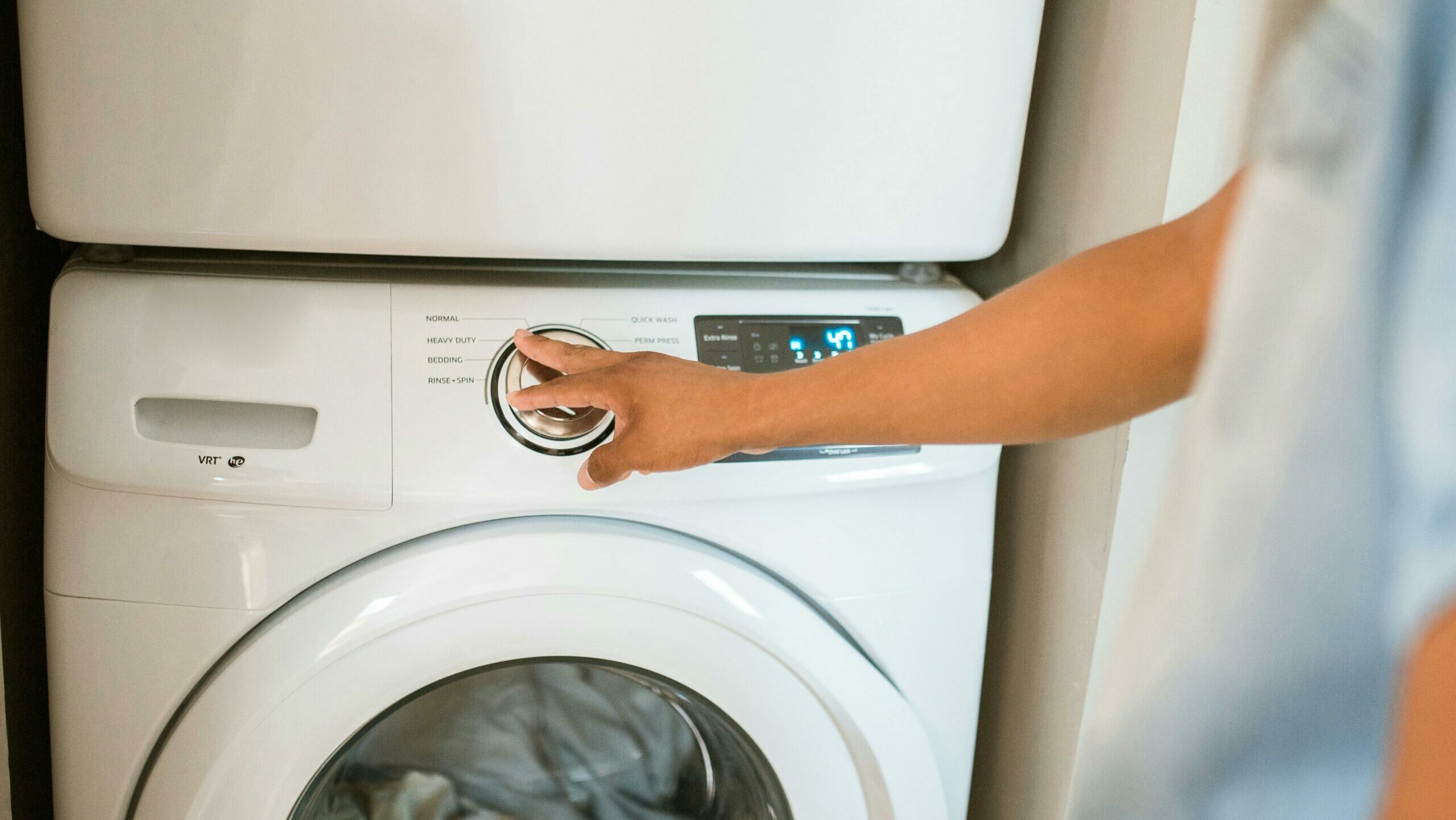Disability Income Insurance: The Paycheck Protection You Can’t Afford to Ignore
Let’s play a quick game of “What If?” What if an injury or illness left you unable to work for months—or even years? Could you cover rent, groceries, and bills without your regular paycheck? That’s where disability income insurance comes in. It’s not the sexiest topic (we get it), but it’s the financial safety net that keeps you afloat when life throws a curveball. Here’s the no-jargon breakdown of how it works, who needs it most, and how to get coverage without overpaying.

Why Your Paycheck Needs a Backup Plan
Most people think disabilities only happen to others—until they don’t. The truth? 1 in 4 workers will face a disability before retirement. Sick leave or savings might cover a few weeks, but what about long-term? Disability insurance replaces a portion of your income (typically 60-70%) if you can’t work due to injury, illness, or even chronic conditions like back problems or anxiety. It’s not about doom-scrolling; it’s about smart adulting.
Short-Term vs. Long-Term: Pick Your Safety Net
Not all disabilities are created equal. Short-term coverage kicks in fast (think: 1-2 weeks) and lasts a few months—ideal for recovery from surgery or a broken bone. Long-term coverage has a waiting period (often 90 days) but can pay out for years, even until retirement. Pro tip: High earners and self-employed folks should prioritize long-term coverage. That six-figure salary won’t replace itself.
The Fine Print That Actually Matters
Here’s where most people glaze over—but stick with us. Two key terms define your coverage: “own-occupation” (pays if you can’t do your specific job) vs. “any-occupation” (only pays if you can’t work any job). Guess which one’s better? (Hint: If you’re a surgeon with hand tremors, “any-occupation” won’t help.) Also, check the elimination period (a fancy term for “how long you wait for payouts”) and whether premiums are locked in or can skyrocket later.
Who Needs It Yesterday?
If you rely on your paycheck to survive (so… everyone?), you’re a candidate. But some groups need it urgently:
- Self-employed folks: No employer-sponsored coverage? You’re one accident away from income disaster.
- High-risk jobs: Construction workers, nurses, and even desk jockeys with terrible posture (hello, chronic back pain).
- Breadwinners: If your family depends on your income, this is non-negotiable.
How to Buy Without Getting Ripped Off
First, check if your employer offers coverage (but beware—it’s usually bare-bones and doesn’t follow you if you quit). For better protection, shop independently. Use online calculators to estimate costs (typically 1-3% of your income), compare quotes, and—this is critical—ask about riders like cost-of-living adjustments or partial disability coverage. And always, always read reviews of the insurer’s claim approval rates.
The Bottom Line
Disability insurance is like a seatbelt: boring until you need it desperately. It’s not about fear; it’s about control. A few hours of research and a small monthly premium could mean the difference between financial stability and disaster. So, ask yourself: Is your paycheck worth protecting? (Spoiler: Yes. Yes, it is.)
Ready to explore options? Start with a free quote today—your future self will high-five you for it.







